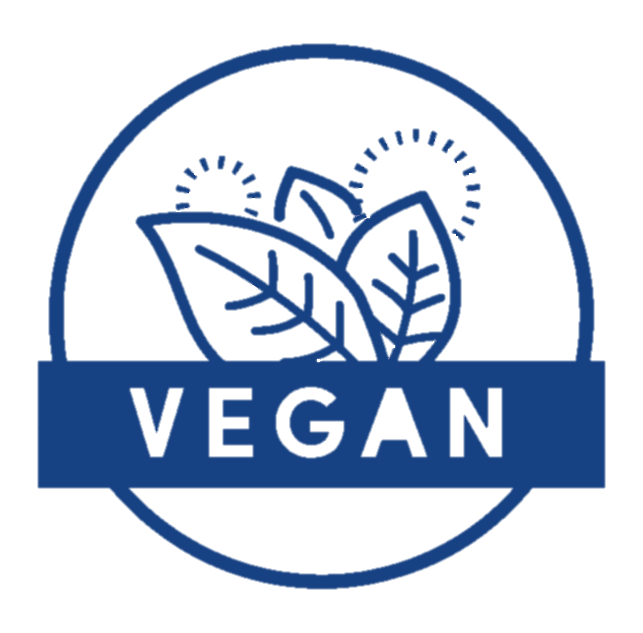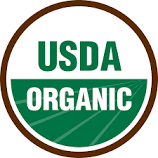
Encapsulation of Apocarotenal emerges as a crucial strategy to unlock the full potential of this carotenoid for natural coloration in various food and beverage applications. While a natural form of Apocarotenal is not readily available, the synthesiz... read more
Encapsulation of Apocarotenal emerges as a crucial strategy to unlock the full potential of this carotenoid for natural coloration in various food and beverage applications. While a natural form of Apocarotenal is not readily available, the synthesized form offers a highly stable, orange to orange-red molecule widely used for coloration. However, the challenge lies in maintaining its color stability, avoiding red spots, and ensuring uniformity in food preparations, especially in applications requiring high-temperature heating.
show
less
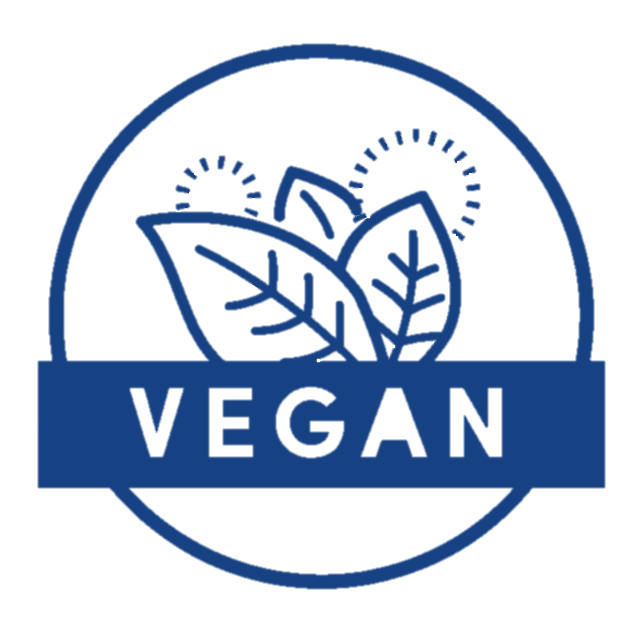
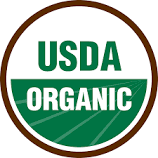

encapsulation of beta-carotene emerges as a pivotal advancement in harnessing the potential of this natural colorant for diverse applications, particularly as a natural colorant. Beta-carotene, a fat-soluble pigment abundantly found in green leafy an... read more
encapsulation of beta-carotene emerges as a pivotal advancement in harnessing the potential of this natural colorant for diverse applications, particularly as a natural colorant. Beta-carotene, a fat-soluble pigment abundantly found in green leafy and yellow plants, serves a dual role in fortification and coloration. However, in its raw form, beta-carotene can pose challenges in stability and uniformity, especially in applications demanding precise coloration. Encapsulation technology addresses these challenges by enhancing the stability of beta-carotene in both liquid and dry applications. It safeguards the pigment from environmental factors, ensuring excellent uniformity and pH stability.
show
less

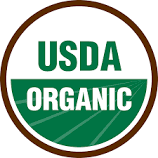

Encapsulating Canthaxanthin represents a strategic advancement in optimizing the application of this oil-soluble carotenoid pigment for natural coloration in various food and beverage products. Canthaxanthin, with its characteristic orange-red color,... read more
Encapsulating Canthaxanthin represents a strategic advancement in optimizing the application of this oil-soluble carotenoid pigment for natural coloration in various food and beverage products. Canthaxanthin, with its characteristic orange-red color, is naturally found in foods like mushrooms, crustaceans, fish, and green algae. As a nature-identical colorant, it serves as a valuable replacement for FD&C dyes, facilitating the transition to clean labels for food marketers. However, the challenge lies in preserving the stability and consistency of Canthaxanthin, especially in applications demanding precise color shades.
show
less
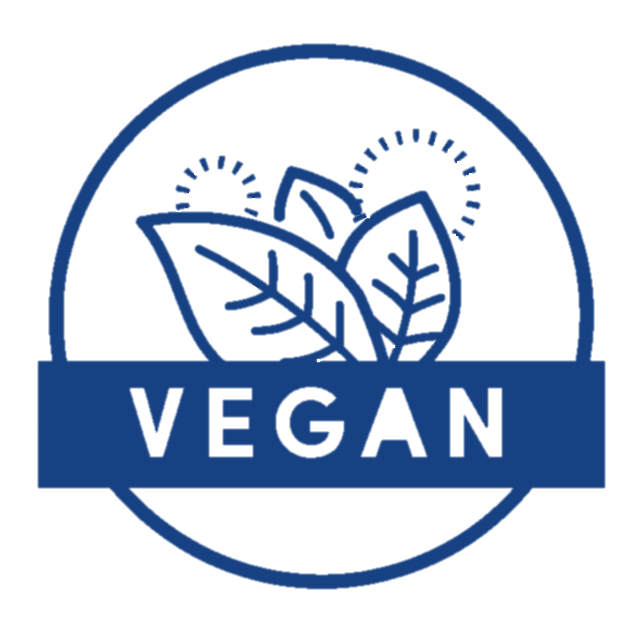
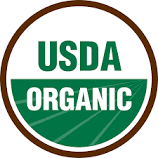

encapsulation of Lycopene stands as a pivotal strategy in harnessing the inherent benefits of this oil-soluble red pigment, found naturally in fresh fruits and vegetables like tomatoes, watermelon, pink grapefruit, and papaya. Lycopene, belonging to ... read more
encapsulation of Lycopene stands as a pivotal strategy in harnessing the inherent benefits of this oil-soluble red pigment, found naturally in fresh fruits and vegetables like tomatoes, watermelon, pink grapefruit, and papaya. Lycopene, belonging to the carotenoid family, is renowned for its powerful antioxidant properties, providing protection against harmful free radicals in the body. However, in its raw form, Lycopene can face challenges related to stability and uniform coloration, especially in applications demanding precise and consistent shades.
show
less
